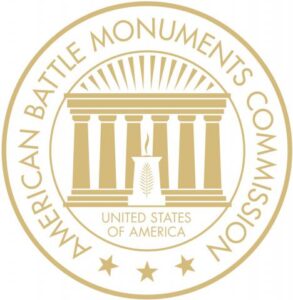In spring 1942, U.S. forces in the Philippines surrendered after four months of brutal fighting and dwindling supplies. Imperial Japanese forces took over for what would be three austere years for many Filipino and international residents of the country. Famously, Gen. Douglas MacArthur, who had a home in Manila and was commanding U.S. Army Forces in the Far East at the time, declared, “I shall return,” as he evacuated the island of Corregidor for Australia in March. The U.S. surrendered the entire country in May.

In the years following the surrender at Corregidor, American and Allied forces fought fiercely across the Pacific, reclaiming ground through ferocious battles—Coral Sea, Midway, Solomon Islands, New Guinea and beyond. Then in July 1944, MacArthur met with President Franklin D. Roosevelt in Hawaii to plan the next objective—the liberation of the Philippines.
On Oct. 20, 1944, MacArthur’s promise began to take shape. American forces landed at Leyte, where they were welcomed by Filipino allies who had long awaited their return. By January 1945, U.S. troops arrived at Lingayen, racing south toward Manila to liberate those suffering under years of captivity.

Feb. 3, 1945, is recognized as the beginning of the Battle for Manila when the U.S. 1st Cavalry Division arrived, liberating more than 3,700 Allied civilian prisoners of war held at Santo Tomas University. In some of the fiercest urban combat of World War II, the fight continued street-by-street and building-by-building until March 3, 1945, when the 148th Infantry Regiment took the Legislative and Finance buildings in downtown Manila. The city was left in ruins and the battle resulted in more than 1,000 U.S. soldiers killed and more than 5,500 wounded. From the aftermath of occupation and fighting to regain the city, more than 100,000 civilians also lost their lives during the fight to liberate the Philippine capital.

On Sept. 2, 1945, Japan surrendered in Tokyo Bay aboard the USS Missouri, ending WWII in the Pacific.
The liberation of Manila was a symbolic turning point. It reclaimed the heart of the Philippines and re-established the capital of the democratically elected Philippine Commonwealth government. It also brought MacArthur’s promise full circle, lighting the path to peace and eventual Philippine independence on July 4, 1946.
Manila American Cemetery will host a commemoration Feb. 22 of the liberation of Manila. For more information, click here.
 An official website of the United States government. Here's how you know.
An official website of the United States government. Here's how you know. 